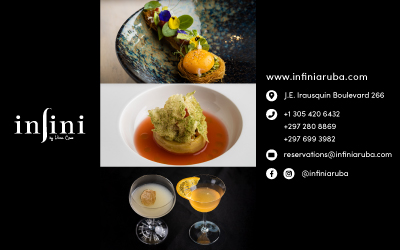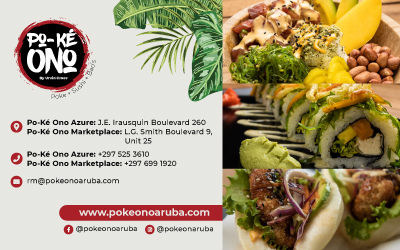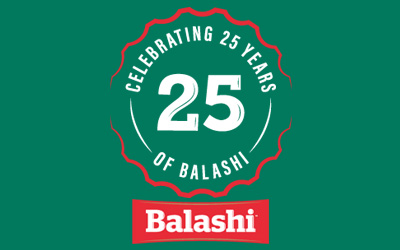Many of my friends look back at the pandemic as a magical time in Aruba. It was so breathtakingly beautiful and quiet. I helped raise Monarch butterflies, I wrote feverishly, cooked, read, exercised, and unscrewed a bottle of Sauvignon Blanc every day. But this column is not about me.
My friend Vasco V. Baselli, at the time the General Manager of the Hilton Aruba Caribbean Resort & Casino oversaw the scaled down operation of his resort – his people flushed all toilets every day, kept the gardens up, made sure the air conditioners functioned. Then what?
He wrote a book. He took underwater photographs.
In 2022 Vasco produced an elegant gift box with Postcard from the Deep, twelve of his loveliest snapshots of fish, slugs, mollusks, crustaceans, even a shark, printed on glossy paper, ready for the mailbox, providing you filled out an address and stuck a stamp on the upper right hand side. The photographs were artistic and evocative, depicting mysterious creatures from another world.
In 2024, I got a book. It was delivered by a friend, 376 pages long, bound in scarlet cloth, beautifully laid out with little eye-pleasing design details and meticulous illustrations in alphabetic sections. A Dictionary. The Latin American Gastronomic Dictionary.
(The book is available by contacting Vasco. A print on demand version will soon be available on Amazon.)
Vasco explains in his introduction what propelled him to compile the astounding resource of fruit, vegetables, condiments, seafood, herbs, spices, an estimated of 1,500 items on the index of English terms. And this is what he says:
Within the vibrant cultural tapestry of Latin America lies a world of culinary wonders, a rich mosaic of flavors, traditions and ingredients that captivate the hearts and palates of millions of people. A world where food is more than sustenance; It is an expression of culture, history and love. A world that I have had the privilege of exploring and savoring for more than three decades living in Venezuela, Ecuador, Peru and Mexico. As my professional career led me to discover the diverse cuisines of Latin America, I was captivated by the passion and creativity that define its gastronomy, but even more so by the immense variety of utensils, ingredients, ancestral techniques and recipes. Over my years living in this extraordinary region, I have come to realize that beneath the surface of this culinary paradise lies a delightful complexity: the multiplicity of names for the same ingredient. One of the most traditional condiments of Latin American cuisine can be called yrucú in some corners of the continent, while in others acanguarica, on a Caribbean Island achuete, on other islands bija, although its most common name is achiote. Although the main purpose of this project is to relate Latin American terminology, it also includes words from different languages, as well as references to various cuisines that have played an important role in Latin American cuisines. Additionally, it lists a large group of animals and plants, as well as other ingredients, in English, in alphabetic order, which can help readers in correctly translating menus.
So that explains the drive, and logic. The project was started here, during the serenity of Covid, and as Vasco left Aruba to become Area Vice President Operations at Hilton, he concluded the manuscript in the madness of a new job and the noise of Miami.
Vasco consulted many sources across Latin American countries, and he wants to emphasize that this is a first edition of an inexhaustible undertaking, and he is nothing more than passionate, aware that many terms were left out while others are incomplete, but he hopes the book is an invitation to expand the conversation and enrich it.
Signed sincerely with a welcome to the Latin American Gastronomic Dictionary. Vasco v. Baselli.
I wonder what his next project is, this man is creative, and doesn’t stand still!


















